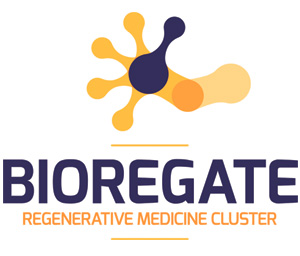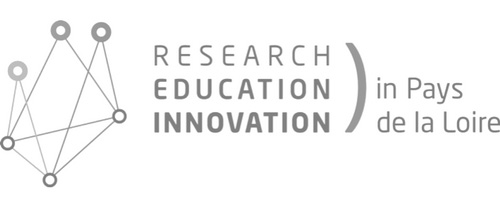The loss of skeletal tissue due to advancing age, obesity, injury or diseases can result in significant morbidity and socio-economic cost. Nowadays, bone is the most transplanted tissue after blood. However, currently used bone grafts and metal implants present still some limitations such as poor availability, lack of integration or risk of infection. In the last decades, tissue engineering and regenerative medicine have emerged as promising strategies for bone reconstitution. Bone tissue engineering aims to induce new functional bone regeneration via the synergistic combination of biomaterial scaffolds, cells, and active biomolecules such as proteins, peptides and growth factors. Engineered bone tissues are considered as a potential alternative to the conventional use of bone grafts, due to their limitless supply and no disease transmission.
In this context, the aim of the BILBO project is to develop novel nanoparticle-embedded electrospun nanofiber scaffolds for bone reconstitution and controlled delivery of BMP-2 protein, a potent osteo-inductive factor. The originality of this project consists in the use of 1,3-β-glucan (curdlan) polysaccharide that enhances cell adhesion and proliferation. Moreover, curdlan, recognized by the dectin-1 receptor on the surface of osteoclasts, is supposed to suppress osteoclastogenesis and consequently promote bone reconstitution. Curdlan will be used for the electrospinning of scaffolds and/or for functionalization of polymer nanoparticles that will be incorporated into the scaffolds.
The functionalization of PLGA-based nanoparticles with curdlan represents another originality and the most challenging part of our project. The goal is to design new processes based on the use of well-chosen ionic liquids (ILs) for the synthesis of PLGA-curdlan conjugated polymer. The esterification of PLGA and curdlan has already been done using traditional organic solvents. Driven by the concern to make the synthesis “greener” and sustainable, we seek to use more environmentally friendly solvents. ILs will help us avoiding toxic solvents banished for biomedical applications.
PLGA-curdlan nanoparticles will be loaded with BMP-2 protein and incorporated within electrospun scaffolds based on curdlan or curdlan/chitosan mixture. Through physico-chemical characterization of such nanocomposite biomaterials will be performed, and their bio-performances will be determined in vitro.

